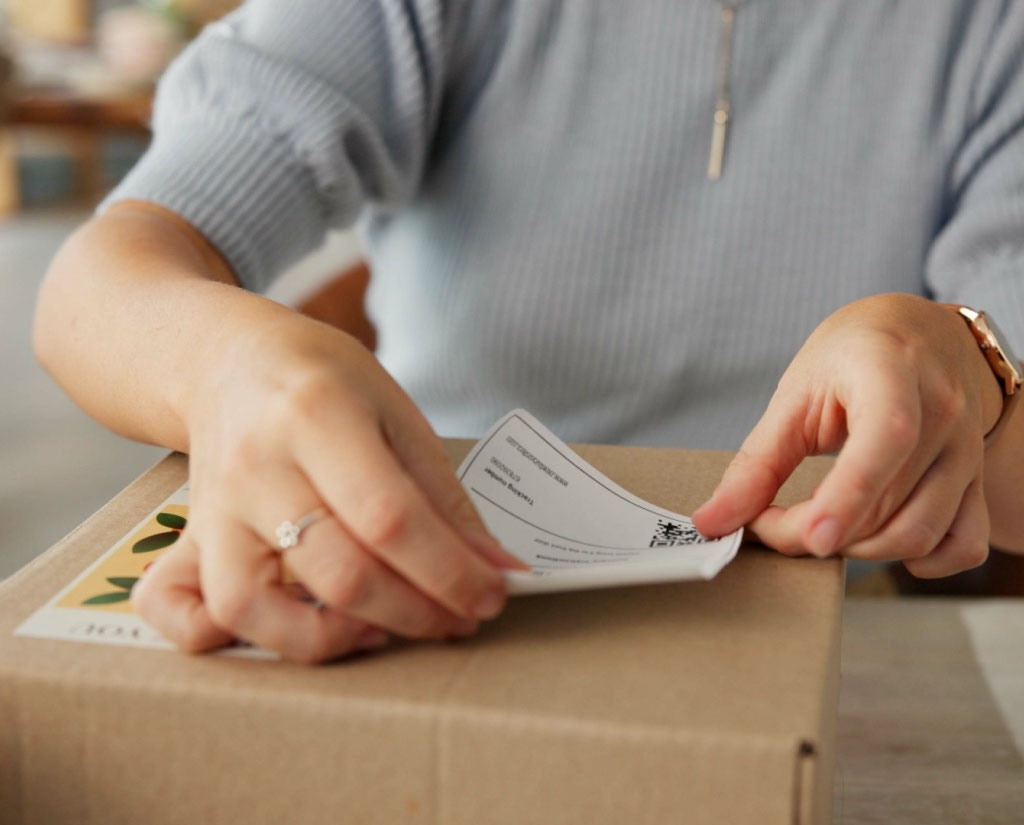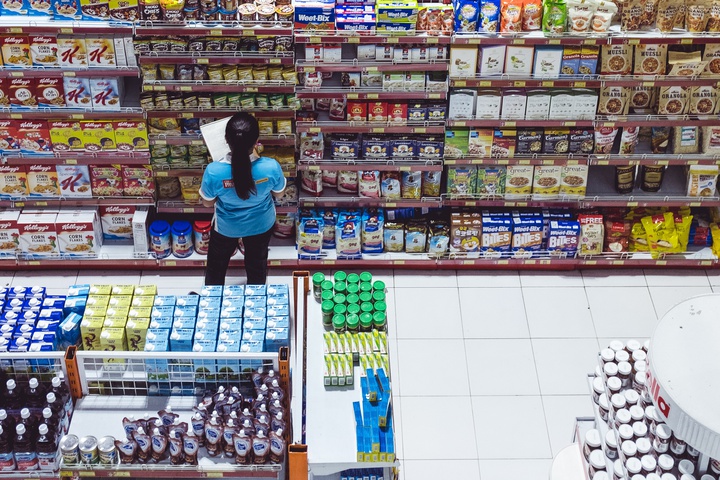
In the past few years, crowdsourcing has finally come of age as a powerful open innovation tool allowing organizations - including corporations, government agencies, and non-profits - to use external crowds to performs microtasks, generate ideas, and solve complex technical and business problems.
The attention of social media has predictably focused on crowdsourcing campaigns that attracted a lot of publicity. Many folks remember the 2013 Super Bowl Halftime Show featuring Beyoncé. The introduction to the show used more than 500 high-quality images that PepsiCo, the sponsor of the show, crowdsourced from its (and Beyoncé’s) fans. More than 100 million viewers enjoyed the presentation.
Another “darling” of social media is consumer good products that were created by using crowdsourcing - and there are numerous examples of them. However, crowdsourcing has proven effective in many areas of business of social activities besides consumer products.
Below, I’ll describe some of the consumer products created by crowdsourcing as well as other examples of using crowdsourcing to help people and create value.
Crowdsourcing Can Come in Different Flavors
In 2012, the already-mentioned PepsiCo launched the “Do Us A Flavor” campaign. The goal of the campaign was to crowdsource novel flavors for its flagship Lay’s potato chip brand. Submitted proposals were reviewed by a panel of judges including a couple of celebrities.
The overall ten-month campaign has resulted in 3.8 million submissions. After a few rounds of judging, three flavors were selected as the finalists: Cheesy Garlic Bread, Chicken & Waffles, and Sriracha.
The eventual commercial success of this crowdsourcing campaign has been moderate, if not outright questionable: after an initial spike in sales of chips with new flavors, their sales soon declined; some of the winning chip flavors in various countries have since been discontinued due to weak or inconsistent sales. What can’t be underestimated, though, is that the crowdsourcing campaign had allowed PepsiCo’s to gain valuable insights into consumer preference and behaviors at a reasonably low cost. The company has also generated positive brand awareness – specifically with the millennial population that it was originally struggling to attract. Even more importantly, PepsiCo was able to substantially shorten the product development life cycle: from usual 15-20 months to only 10.
Crowdsourcing Castles, One Brick At a Time
LEGO is, perhaps, the most known non-food brand that employs crowdsourcing to create new products.
To achieve that, LEGO has created an online community of nearly one million members. Users can submit their design ideas (usually consisting of a picture and a short description); they can also vote for ideas submitted by other community members. If an idea collects 10,000 supporters, it is assessed by the Lego Review Board and may be produced into a real Lego set to be sold to the public. In this case, the creator receives a 1% royalty on worldwide sales. In a typical year, four new LEGO products originate from the community.
Additional benefits that LEGO enjoys from using the crowdsourcing community include a substantial amount of data on sales trends and consumer sentiments. Moreover, LEGO can spend substantially less money on marketing new products because a lot of excitement has been already generated in the process of their design.
Crowdsourcing on Quirky: What Went Wrong?
Consumer product companies using crowdsourcing to create new products are not always as successful as LEGO. Consider Quirky, a crowdsourcing-driven platform that connects creative individuals with consumer product manufacturers. Launched in 2009 and hailed as a new frontier in product development, Quirky gradually flew into a zone of turbulence and went bankrupt in 2015. Some academics hastened to call Quirky “a case study of crowdsourcing gone wrong.”
Quirky’s business model was very similar to that of LEGO. Members of the community would submit new product ideas, and the community would discuss and rate them. Once Quirky selects the best idea to work on, it would break down the actual product development work into a number of mini-contests on concept designs, naming possibilities, etc.
Unfortunately, Quirky’s management made a number of strategic mistakes. First, Quirky spread too thin: in 2014, it was selling products in over 26 different product categories, which made quality control almost impossible. Second, Quirky offered products across a broad range of categories with a high product turnover. This made it difficult to establish a Quirky brand, which in turn complicated selling Quirky’s products to large retailers.
Finally, by fostering a close relationship with its member community, Quirky has dramatically democratized its decision-making process. While not necessarily bad when it comes to product development, such a decision-by-committee turned to be too cumbersome when the company needed to comply with the demanding requirements of its manufacturing partners.
Those who blame crowdsourcing for Quirky’s downfall should remember that crowdsourcing is not a business model; it’s a front-end-innovation tool, which must not be held responsible for downstream operational mistakes. It is not crowdsourcing that has gone wrong; Quirky has. And, by the way, Quirky was back in business in 2016 and is alive and well today.
Crowdsourcing: from Ebola to Coronavirus
When reviewing, a couple of months ago, the past 10 years of crowdsourcing, I mentioned one crowdsourcing campaign that I personally consider one of the most exemplary, both in purpose and design. It is the 2014 Grand Challenge launched by the U.S. Agency for International Development to crowdsource the safe and comfortable protective equipment for healthcare workers battling Ebola.
The hallmark of this campaign has been the precise identification and proper formulation of the question to ask the crowd. Fighting the Ebola pandemic was happening on so many different fronts that it was easy to lose focus and fall in chasing goals that are too broadly defined to be handled by crowdsourcing (like “fighting world hunger”).
So one can only applaud the USAID officials for choosing a perfect target for their anti-Ebola hit. It goes without saying that containing the Ebola outbreak could only succeed if the medical personnel treating Ebola patients were fully protected. However, the personal protective equipment (PPE) available at the time was not suited for the extreme heat and humidity of West Africa, the hotspot of the Ebola pandemic. Very appropriately, the USAID Grand Challenge was seeking “novel PPE or modifications to current PPE that address issues of heat stress and comfort for healthcare workers.” The problem was defined in such a way that even people without any experience in infectious diseases could productively contribute to its solution. No wonder the Challenge has been such a tremendous success.
The Ebola Grand Challenge was and still is a sound example of the ability to successfully use crowdsourcing not only to create novel and attractive consumer products but also to address the most challenging social problems facing humanity at the geopolitical and macroeconomic levels.
Fast-forward to the present. Crowdsourcing has been one of the first and most effective innovation tools to be rapidly deployed to respond to the consequences of the ongoing COVID-19 pandemic. Visit HeroX’s COVID-19 Central page to see how you, too, can play a part in the global effort to fight the spread of the disease and to plan our common post-pandemic future.
It’s impossible, of course, to even name all the high-profile crowdsourcing campaigns carried out over the past 10-12 years. the sponsor of the event, crowdsourced from its fans. In 2016, Mexico City asked its 20 million residents to go online and contribute to writing the city’s new constitution. One of my favorite crowdsourcing campaigns was the one launched by the U.S. Agency for International Development in the fall of 2014; the campaign was looking for the design of safe and comfortable protective equipment for healthcare workers battling Ebola.








